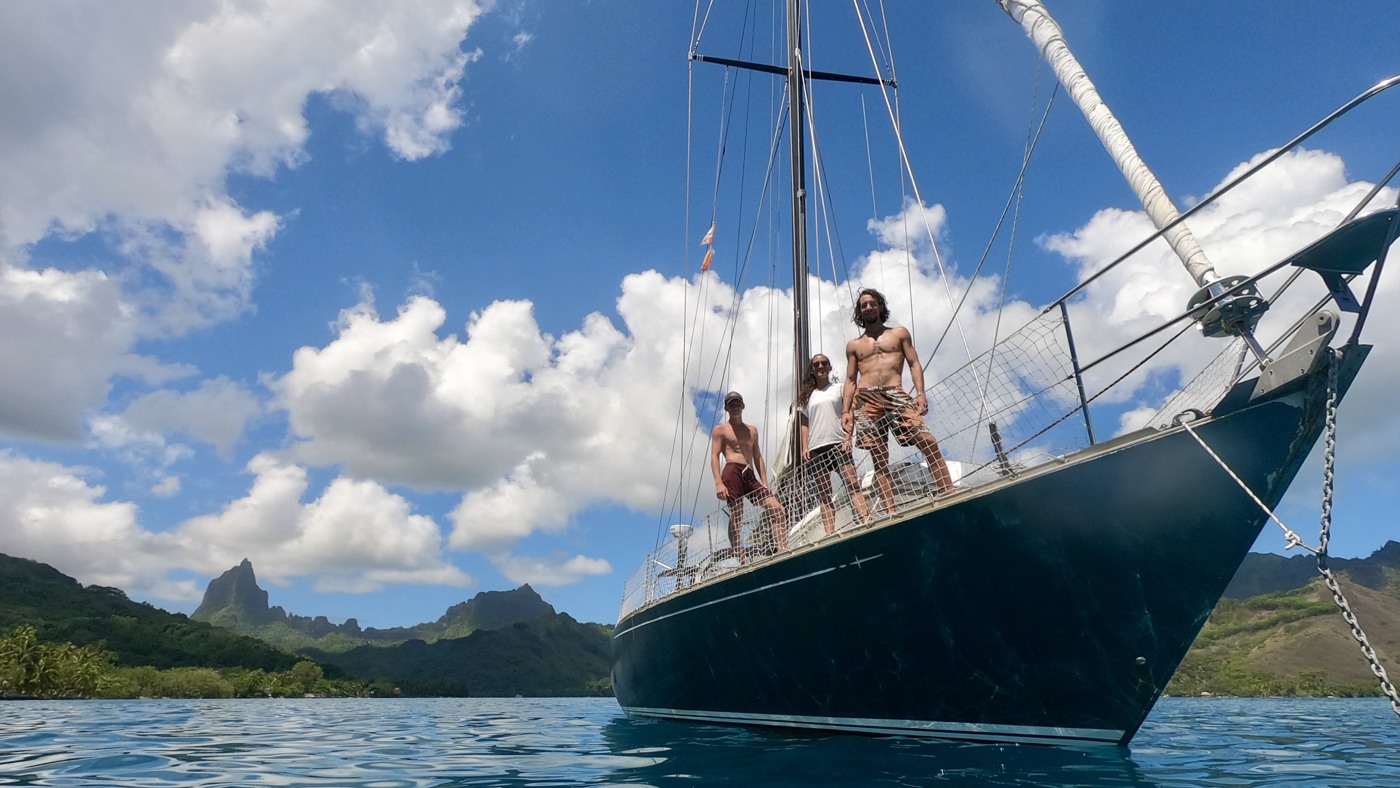
The long way HOME
16 July 2025
Very few people have sailed 15,000 miles against the prevailing winds and currents. Most ocean cruising sailors would say you’d be crazy to try it. But that was the first thing Axel Galpy-Massé did with his Baltic 51 – delivering her from Tahiti to his home in Quebec – and it was just the start of his adventures
The Ocean Globe Race (OGR) was the trigger. ‘Everything changed when it was announced in 2019,’ says Axel who back then was a member of a Canadian offshore racing team, aspiring to become a professional sailor. ‘I loved offshore sailing and racing but I felt that I was missing something’.
‘I’d been crewing on Volvo Ocean Race yachts, a 60 and a 65, these crazy adrenalin boats. Less time looking at screens and more time simply sailing, that was what I wanted. If only there was a round-the-world race in slow motion, I would love that. So when the OGR was announced, I thought that’s the race I need.’
A non-stop round-the-world race for amateur sailors, the OGR aims to take ocean yachting back to its roots – or at least halfway back, in the spirit of the original 1973 Whitbread Race. The boats must be standard production models designed before 1988. Navigation is by sextant, not by GPS. No electronic autopilots and no computers are allowed on board.
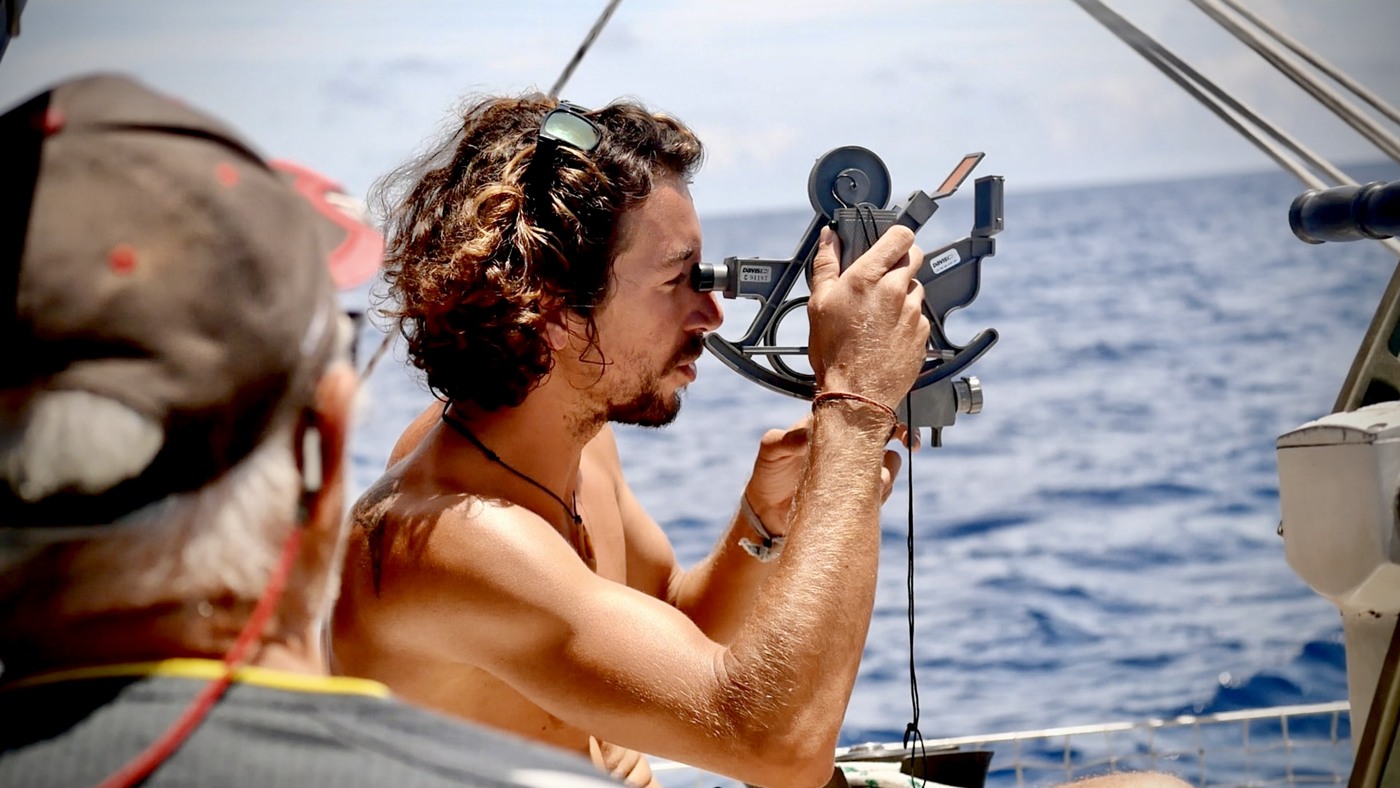
‘I didn’t have a boat, nor a crew, nor any finance,’ Axel explains. ‘But I had the dream and I felt that I could build up a project around it. I’d heard a lot about Baltic Yachts from friends and family, and I thought it would be awesome to do the race in a Baltic. I was looking for a boat between 48ft and 55ft, to be in the Adventure Class.’
Axel had other dreams beyond the race. He set up an NGO, Arctic Stern, to raise awareness of marine conservation issues and planned to make his boat and sailing skills available for ocean science and environmental projects. ’The thing that was hard was to find an appropriate, affordable boat,’ he says. ‘Raising the money was difficult because I’m not well known in the sailing world and Canada doesn’t have a culture of sponsoring sailing teams. It took me three years to find a Baltic that could be the one.’
Thanks to their exceptional build quality and sailing characteristics, the Baltic yachts of the 1970s and 80s are highly esteemed and sought-after modern classics which still command high prices on the used boat market. Eventually, in 2021, the Covid pandemic provided an opportunity. A Baltic 51 was stuck in French Polynesia, seriously for sale at a price Axel could afford. ‘That’s when everything happened,’ he says.. ‘When we saw Venus online she was in Tahiti. I talked to her owner and also her previous owner. She had done charter work in Patagonia and Antarctica, she was well prepared for ocean sailing and seemed to be the perfect boat for our project. I said OK, she’s the one, let’s go with her.’
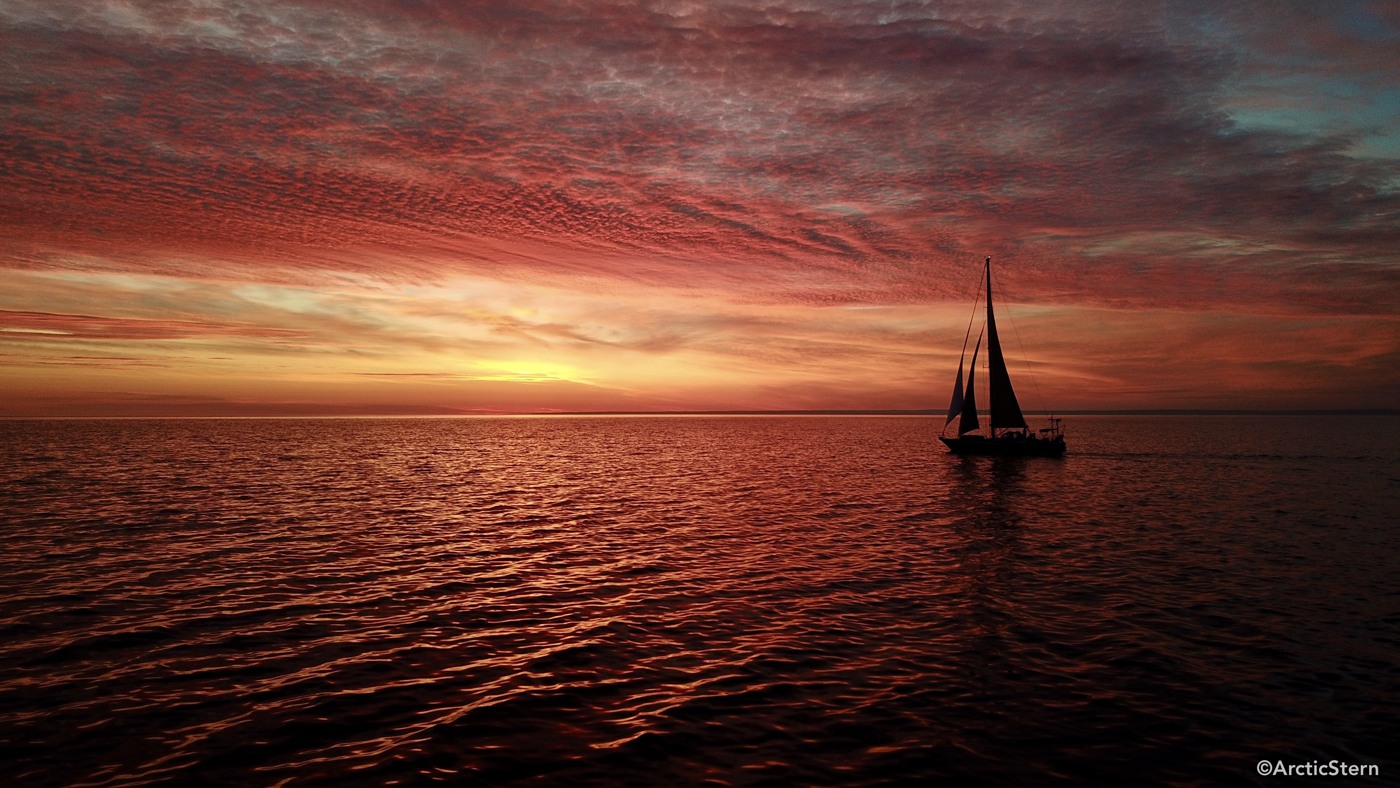
Venus, launched in 1980, is hull number six in a series of 24 Baltic 51s produced between 1979 and 1988. One of her sisters, Skopbank of Finland, sailed in the 1981-82 Whitbread Round The World Race. Designed by Rob Ball at C&C in collaboration with Baltic Yachts’ own in-house design office, the 51 was one of the first yachts created by running performance studies on a computer for a range of hull shapes and appendages. She was thus far ahead of her time and is still a fast, powerful and extremely seaworthy ocean sailing yacht by today’s standards. The 51 is also notable for original interior design innovations by Tor Hinders, one of the founders of Baltic Yachts. She is the first sailing yacht to have an owner’s suite aft with a double bed directly underneath the cockpit, and she also has slanted bulkheads to optimise the use of interior living space.
It was a real leap of faith to buy a boat that he hadn’t even seen, let alone sailed, but for Axel it was the only way forward. With Covid travel restrictions it was impossible for him to go to Tahiti even if he quit his job. ‘And I knew if I left Canada I wouldn’t be able to come back,’ he says. ‘So everything was done via Zoom and online. ‘The funny thing – funny now, it wasn’t at the time – is that the same day we bought Venus, all flights to French Polynesia were cancelled for three months.’
It was also a daunting moment for the young skipper. ‘Even though I had experience on the Volvo Ocean boats I was never the captain,’ he says. ‘One of my first thoughts aboard Venus was wow, she’s big! I must admit I was asking myself am I really capable of doing this? For the first time everything was on my shoulders. Until then it was all dreams and talk, now it was suddenly real.’
Waking up on board for the first time, Axel and his crew were enormously relieved to see that Venus looked just as good in reality as she had seemed to be in the pictures they’d seen online. ‘She was in good condition but a lot of work had to be done because she hadn’t been sailing in three years,’ he says. ‘She was okay for daysailing but not for offshore, many things had to be replaced. But she was the one.’
By the time Axel and his delivery crew of four were finally able to reach Tahiti, which still wasn’t easy, there was no longer enough time to sail her back to Quebec via a normal trade wind route and then get her ready for the OGR. Their only chance of doing that was a very ambitious plan to set off immediately after their eight days of mandatory quarantine in Tahiti, sailing directly against the prevailing winds and currents: first to Panama via the Marquesas, then from Panama to the Bahamas, north from there to Halifax and finally to Quebec via the Gulf of St Lawrence.
Time was still very tight with just five months to complete all four legs of the voyage and it would, Axel warned his crew, be hard and uncomfortable sailing nearly all the way. ‘When we arrived it was one o’clock in the morning,’ he says. ‘Standing in front of Venus, jet lagged, I thought this can’t be possible. Stepping on board it was wow, the journey has just started. This is a once in a lifetime moment. Everything we’ve been working on for the last year, it’s really starting now.’
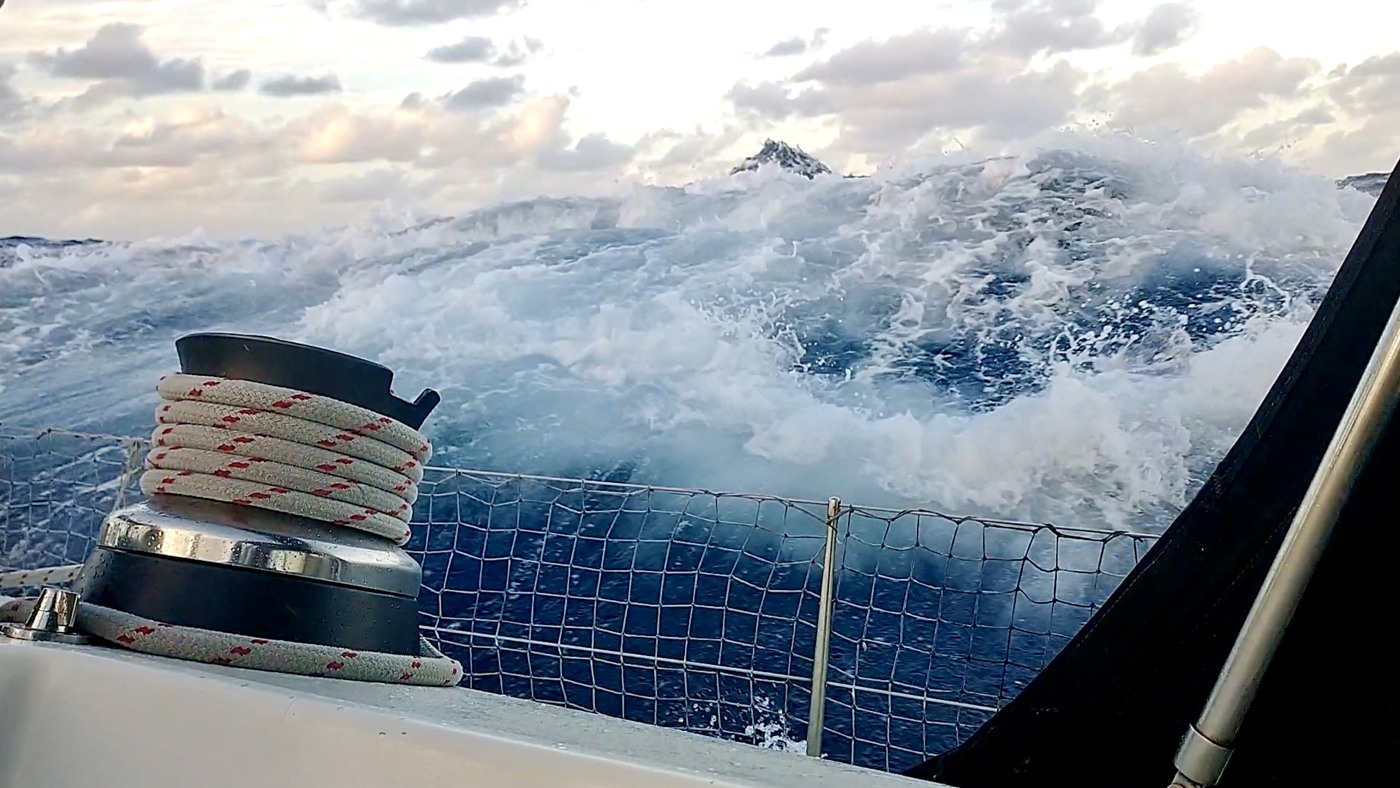
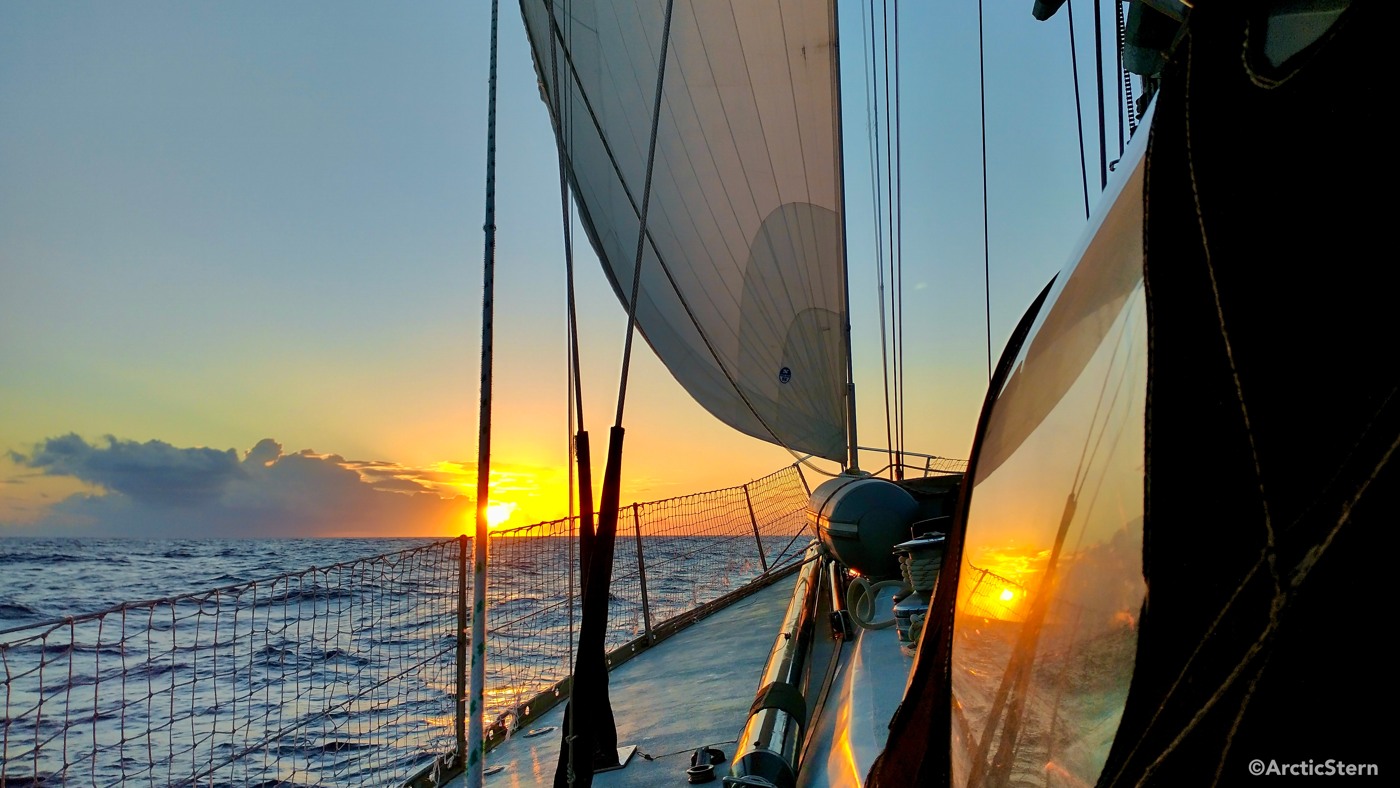
When the eight days of quarantine had elapsed they were ready to go. ‘Our goal was huge, we knew we didn’t have any spare time and we didn’t waste any,’ Axel says. ‘Everyone was hyper focused on getting the work done.’
It is 700 miles in a straight line from Tahiti to the Marquesas. Beating into the wind, you have to sail more than 1,200 miles to get there – and that was just a small fraction of the voyage ahead. ‘I immediately felt she was very powerful and capable,’ he says. ‘Whatever you throw at her, she takes it.
I would have loved to push her hard but we had a very long way to go. We were expecting to make 150 miles a day but at first we did less. You have to, while making all the adjustments and getting to know the boat.’
Arriving in the Marquesas, they had to deal with a small mechanical failure. It was only a bracket for the alternator that broke, but in such a remote location spare parts take at least a month to arrive. Suddenly the plan for the voyage was looking impossible, or at least very unwise. ‘If we crossed the Pacific as soon as we got the new part, we’d be in the Caribbean in July or August which is hurricane season, not a good time to be there,’ Axel explains. ‘At best we’d get to Quebec in September. By October it’s winter, it’s snowing and all the boats have to be hauled out. That didn’t make any sense so we changed all our plans.’
They decided to wait in French Polynesia for the next weather window, cross the Pacific to Panama in October, pass through the Caribbean in winter and go north to Quebec for the Canadian summer. Thus the five month delivery passage became a 16-month voyage with a different purpose. ‘Instead of trying to rush non stop for the OGR we started to really focus on the environmental aspects of our Arctic Stern project,’ he says. ‘I always wanted it to have a meaning, to have an impact.’
The crew visited schools as they cruised through the islands, talking and teaching about sailing, the ocean, coral bleaching and plastic pollution. They held workshop sessions to engage with local communities about ocean health and environmental issues, to document their experiences and learn from them. ‘We used those six months to gather a lot of information and start participating in scientific research,’ Axel says. ‘And we started a partnership with Seakeepers International to start using our crossings for ocean research. We knew we were not on the typical route so we’d be able to gather some useful data. We had a net behind the boat, looking for plastic. It was interesting and sad to find that even in the middle of the ocean there is always so much plastic floating around.’

The worst wind and sea conditions Axel encountered on the long voyage home were right at the end of the penultimate leg, 150 miles from Halifax, their first landfall in Canada. ‘We were all exhausted, Venus was exhausted,’ he says. ‘The tack of the genoa was un sewed and I made the mistake of leaving the sail up, furled. The forecast was for 15 knots of wind but in the middle of the night we hit 50 knots plus. The wind made an hourglass of the genoa, everything was shaking and when we tried to re-furl the sail its tack point wasn’t attached to the furler any more. The storm lasted for 10 hours and we thought, why now?’ After a long struggle they managed to heave to with a triple reefed mainsail and a small jib, and were back in control of the situation.
That first voyage came to an end at Rivière au-Renard, at the north-west tip of Quebec, where Venus was hauled out for inspection. ‘There was no structural damage but there was osmosis,’ Axel says. ‘So for the last two years we’ve been doing osmosis treatment on her, checking everything out and doing a lot of maintenance work. She also needed new sails – the previous owner was impressed that we got all the way to Canada with those old sails. Because of all the budget restrictions we had to use them and so we carefully managed our way of sailing.’
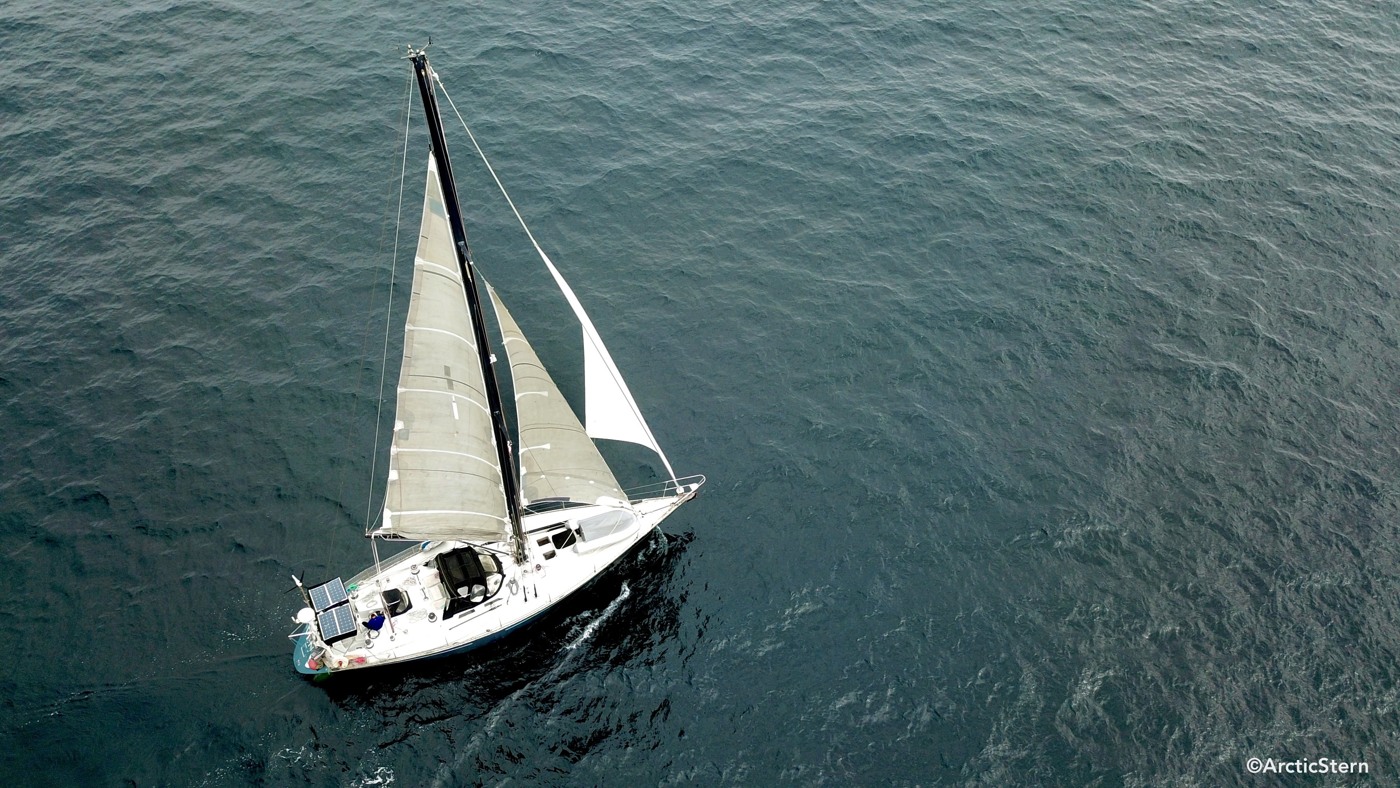
After two years of refit work, most of which Axel and his partner Chloé have done themselves while working ashore to fund it, the plan is to relaunch Venus in August and sail down to the Caribbean in the autumn. Next year they intend to spend the summer in Greenland. The ocean research continues: ‘we’re participating in a project called Sea Bed 2030 and sending our data to Kyoto University,’ Axel says. ‘As we sail, a depth transducer keeps a record of our position and depth to chart as precisely as possible the ocean floor. We know only five per cent of the oceans and by charting the sea bed we’ll be better able to understand how the currents work.’
At the same time, Venus will be earning her keep as a charter vessel for expeditions and adventures, with Axel teaching sextant navigation. ‘We love to share sailing so we take people on board for crossings and for just sailing around,’ he says. ‘We love sailing offshore and the mindset of sailing with a sextant.’
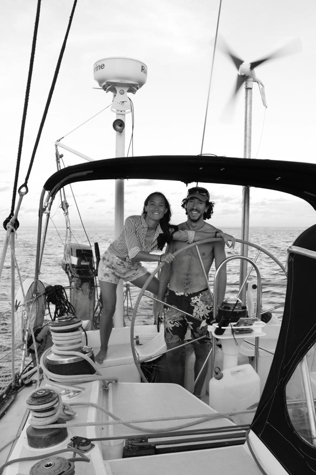
‘On one side the sextant is a romantic thing,’ he says. ‘But it’s also that you’re not relying on ones and zeros, you’re self sufficient and you need to be aware of the environment, which brings a lot of meaning to everything you do. You’re not just following a track and checking your GPS position from time to time. When you are offshore a GPS point doesn’t mean that much. You’re in the middle of the ocean. On all of our trips I’ve had people on board and taught them to use the sextant. I love how it changes people’s perception. And when you see land it feels like magic.’
Axel is still hoping to enter the next Ocean Globe Race, but on his own terms – he wants to do it with a team of passionate, like-minded people who are all prepared to work towards that goal, not with a crew of customers who have just paid for a berth. And he is also very keen to learn more about Venus’s previous sailing adventures. ‘I’m very interested in getting to know the people who have sailed on her and made her history,’ he says. ‘A Baltic 51 is not just any boat, she’s special.’
This article was featured in the Anniversary issue of the Baltic Log. Read the full magazine here.
